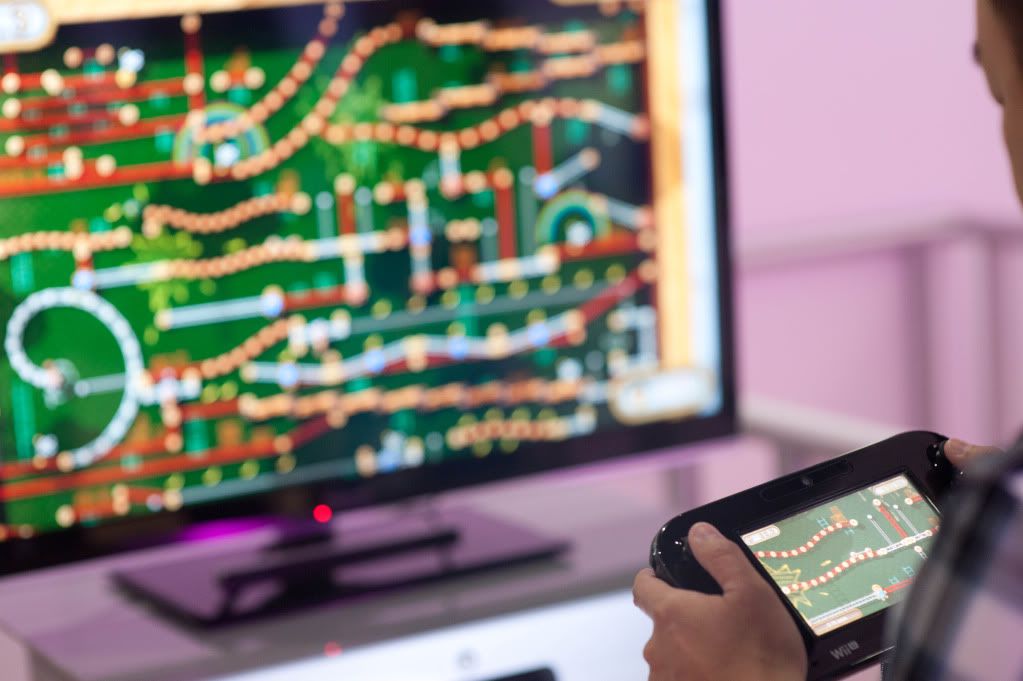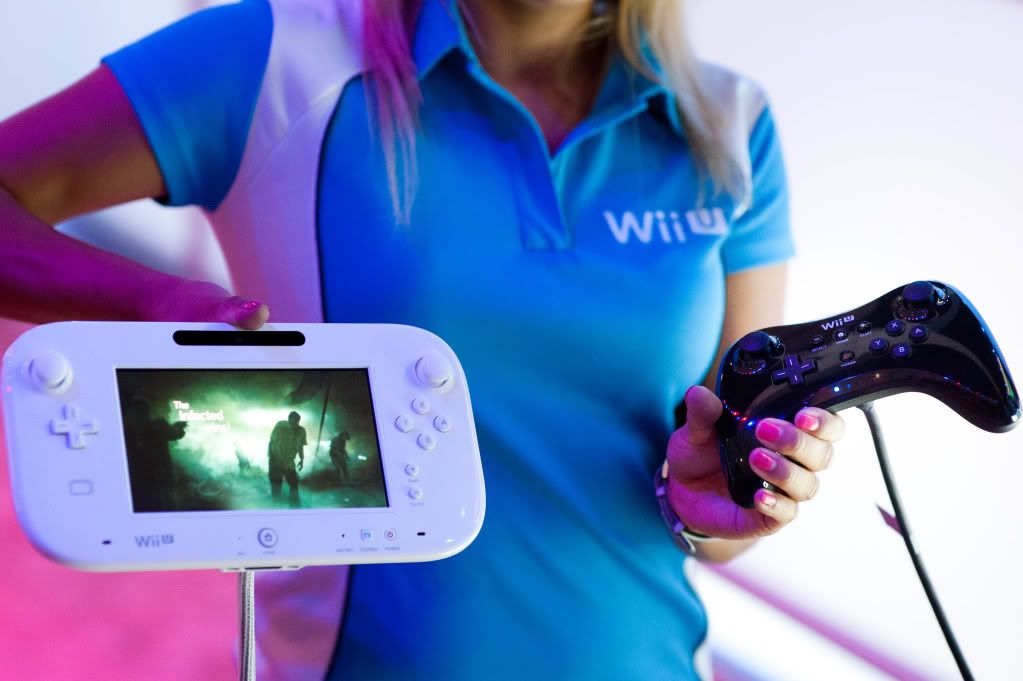This post has not been edited by the GamesBeat staff. Opinions by GamesBeat community writers do not necessarily reflect those of the staff.

The focal point of the Nintendo Wii U is the second-screen Gamepad. Like with the Wii Remote, Nintendo hopes this new control interface will be a gateway to unique experiences for new users. But where Nintendo bet the farm, so to speak, on the Wii-mote, its controller concepts for the Wii U are all over the place.
Let's take a look at what the Wii U Gamepad is and how Nintendo is positioning it. The most obvious use for the second screen is as a map. Pikmin 3 will contain such a feature, so players can survey the landscape and keep track of others. Batman: Arkham City Armored Edition uses the Gamepad for actions like controlling the batarang. ZombiU will use it to scan the environment and for other inputs like punching in a key code. And Nintendo Land will use it for asynchronous gameplay.
Another interesting move is that titles can be played while the TV is off or on another channel through the screen on the Gamepad.
Those are all well and good, but none are particularly exciting options. Where the message starts to become mixed is with the Wii U Pro Controller.
The Pro has been compared to its Xbox 360 counterpart. The similarities are easy to notice, but just think of it as a "normal" controller. And by normal I mean it does not have a second screen. Nintendo is finally giving gamers what they wanted out of the Classic Controller on the Wii that was never delivered on. The Pro will not come bundled with the console, but I suspect it taking on a lot of early adopters.

Developers plan every feature of a game from the start. Second-screen gameplay for the Wii U will be no different. Time is money and more time spent on the Gamepad means an increased budget. Early Wii U games will be mostly ports from the Xbox 360 and PlayStation 3. With the Wii U's negligible install base, resources might just not be there to create compelling features. With two other control options that parody those of competing consoles, developers might not take a risk and just fall back on these more-conventional alternatives.
Before long, second-screen features might become irrelevant.
Where does this leave the Wii U as a platform? With new hardware from Microsoft and Sony coming soon, what becomes Nintendo's selling point? Well, I can't answer that for sure.
But I have had some opinions on the company that were not changed by this news.
